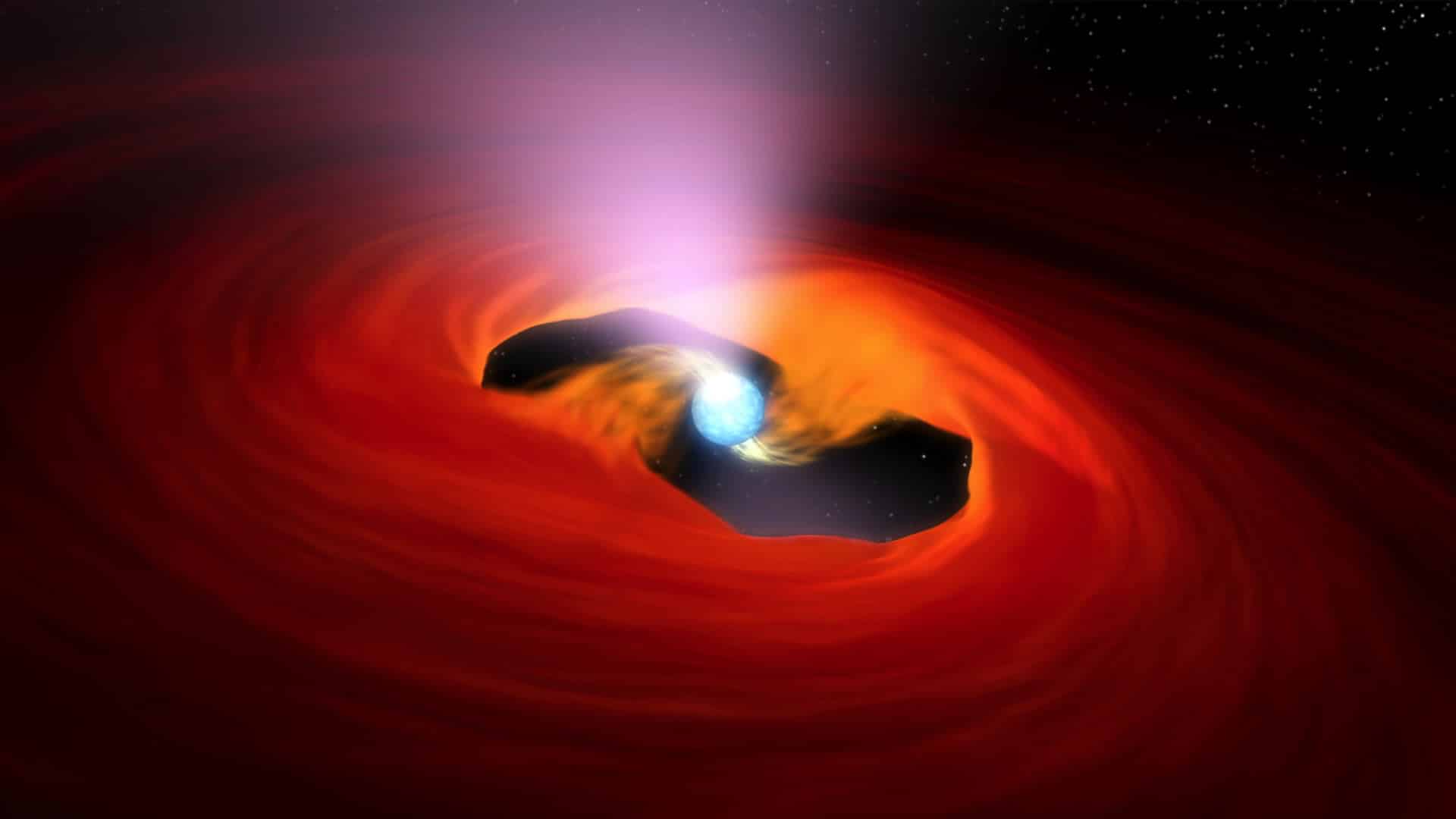NASA Telescopes Uncover New Insights on X-Ray Pulsar RX

Pulsars, which are rapidly rotating neutron stars, have long fascinated astronomers due to their unique properties. Recently, RX J0032.9-7348, an X-ray pulsar located in the Small Magellanic Cloud, has garnered attention after a significant X-ray brightening event in October 2024. This pulsar, known for emitting electromagnetic radiation across various wavelengths, has been under closer scrutiny thanks to observations made using NASA’s NICER and NuSTAR telescopes. The findings from this observational campaign promise to enhance our understanding of pulsar dynamics and their behavior in binary systems.
Discovery and Observational Campaign
RX J0032.9-7348 was first identified as an X-ray transient source approximately 30 years ago. Despite its long history, much about its characteristics remained elusive, particularly its optical counterpart. To address this gap in knowledge, a team of astronomers led by Birendra Chhotaray from the Physical Research Laboratory in Ahmedabad, India, initiated a detailed observational campaign. Utilizing the advanced capabilities of the NICER and NuSTAR telescopes, the team aimed to investigate the pulsar’s properties more thoroughly. Their efforts paid off as they successfully confirmed the X-ray pulsation period of RX J0032.9-7348, which is approximately 7.02 seconds. Additionally, they observed a double-peak pulse profile across a broad energy spectrum, noting slight variations in the profile depending on the energy levels.
Findings
The results from this observational campaign have been shared on the arXiv preprint server, revealing significant insights into the pulsar’s spin dynamics and luminosity. During the X-ray brightening phase, the accretion processes observed led to an increase in the pulsar’s angular momentum, resulting in a spin-up rate of approximately -0.00033 seconds per day. The luminosity of RX J0032.9-7348 exhibited considerable variation, ranging from 8.2 undecillion to 37 undecillion erg/s throughout the monitoring period. Notably, the researchers did not detect any evidence of iron emission lines or cyclotron resonance scattering features in the energy spectrum of the pulsar, which could have provided additional clues about its physical properties.
Implications for Future Research
The findings from the study of RX J0032.9-7348 not only enhance our understanding of this specific pulsar but also contribute to the broader field of astrophysics. By shedding light on the behavior of accretion-powered X-ray pulsars, this research may pave the way for future studies aimed at unraveling the complexities of neutron stars and their interactions within binary systems. As astronomers continue to explore the universe, the insights gained from RX J0032.9-7348 could inform our understanding of similar celestial phenomena, ultimately enriching our knowledge of the cosmos.
Observer Voice is the one stop site for National, International news, Sports, Editor’s Choice, Art/culture contents, Quotes and much more. We also cover historical contents. Historical contents includes World History, Indian History, and what happened today. The website also covers Entertainment across the India and World.

